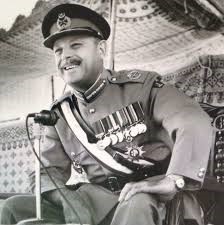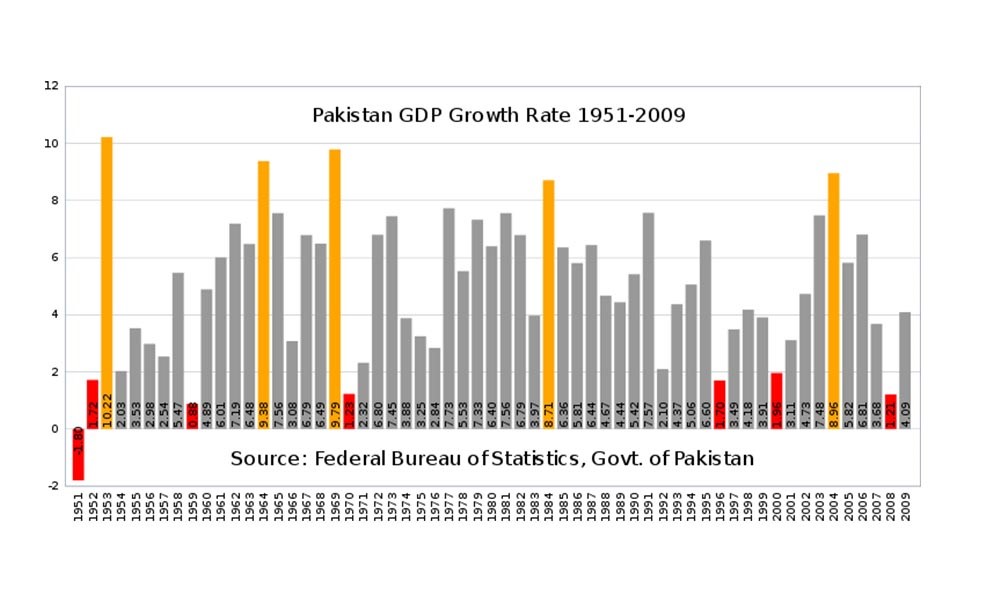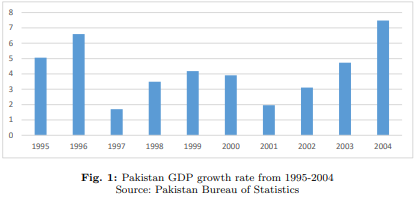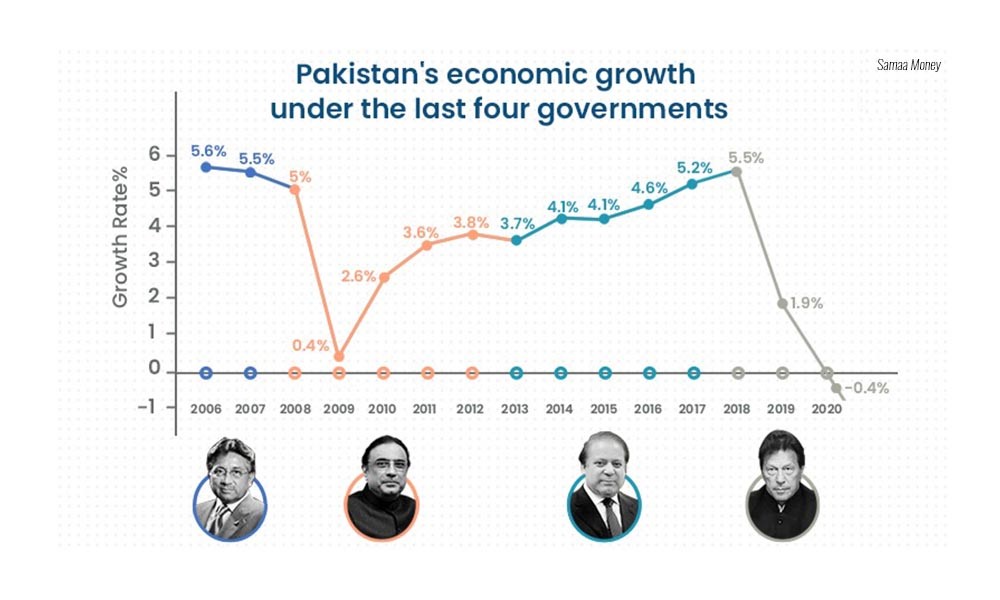“Poverty Is The Parent Of Revolution And Crime” Aristotle
According to Aristotle, “the first essential responsibility of the state is to control of the marketplace: there must be some officials charged with the duty of seeing that honest dealing and good order prevail. One of the well-nigh essential activities of all states is the buying and selling of goods to meet their basic mutual needs; this is the quickest way to self-sufficiency, which seems to be what moves men to combine under a single constitution.”
In the prism of the above definition, this is something related to the Pakistani case.
Like other parts of the world, Pakistan is polarized, and when other countries have been afflicted with inflation, the effects can be seen in Pakistan too. We are talking about in reference to Siri Lanka, another Asian country that faced extreme inflation for centuries. But economic situation in Pakistan is different and has deep roots, blessed evil from its democracy.
Pakistan’s currency continues to face headwinds. The reasons are multiple and have roots in a history of undoings that cripple the economy.
One reason for the current economic situation of Pakistan is a direct effect of the Ukraine- Russia war. So as a locomotive of the growth train of Pakistan’s economy is predicted to slow down to 4% in 2022, and 4.2% in 2023 from 5.6% in 2021.
Inflation is still the biggest problem facing the government today. Heading inflation will be climbed and it is predicted that double-digit food inflation will continue to seize citizens’ buying power in 2022.
But what are the major economic problems of Pakistan?
The issues have been highlighted, but first, come to know the historical roots of the economic issues of Pakistan.
History In Perspective: The Economic History Of Pakistan From 1947 To 2020:
After the fall of the British Raj, the subcontinent emerged as two independent states, Pakistan and India as two religious majority states.
As per the rule, both countries used their pre-existing currency with the stamps of their respective country. Later, the State Bank Of Pakistan issued banknotes in 1948. At that time, USD to PKR in 1947 was 3.31 Pakistani rupee.
In fact, it was the cheapest exchange rate in the economic history of Pakistan that never came back.
However, there was a reason. Pakistan adopted the sterling pound as its currency, and in 1947, one sterling pound was equal to 4.03 US dollars. So if we converted the Pakistani rupee to US dollars, 1 USD to PKR was equal to 3.31.
But when did Pakistan adopt USD as foreign exchange currency! It is uncovered in the blog.
Pakistan’s Economic Situation in 1947:
The new emerging state saw the severely handicapped economic situations. The country inherited few resources and depended on an agrarian economy. So from day one, it has to be improved drastically.
Pakistan Economic Condition 1947-1950:
- Agriculture growth:1.9%
- Manufacturing growth:7.7%
- Economic growth:3.1%
Pakistan’s Economic Decade From 1950- to 1958
- Agricultural growth: 1.9%
- Manufacturing growth: 7.7%
- Economic Growth: 3.1%
Pakistan’s Economic Decade 1958-1969, Green Revolution
The period was marked as a green revolution because of the agriculture growth at a rate of 5% annually.
The first half of the 1960s saw a large manufacturing growth rate of 16% annual but reduced by 15% after the 1965 war with India.
- GDP growth: 6.7%
- Manufacturing growth: 8.51%
Pakistan’s Economic Decade 1969-1977, PPP Govt Give Huge Lose Of Economy
The key happenings in this decade.
The PAK rupee was then nailed to the US dollar in 1971 and the new exchange rate equality was static at Rs. 4.76 per US $.
- 3 different rulers during this decade
- Debacle of Bangladesh
- Floods
- The rise in oil prices
- Failure to Export crops
- Inflation rose to a record 15%
- The deficit reached 8% of the GDP
Agricultural growth: 2.7%
Large-Scale Manufacturing Growth: 5.5%
The Economic Decade of 1977-1988: Another Military Coup
Gen Zia succeeded in exertion large sums from the United States as an aid for fighting the USSR. The funds were used to develop the country.
The national savings to GDP ratio rose to 16%.
Agricultural growth: 5.4%
LSM growth: 8.8%
Average GDP growth: 6.3%
Economic Decade Of 1988-1999:Return Of Democracy To Pakistan
The 90s were stained with political uncertainty as to the PPP and the PML-N ruled the country, in short term musical chair of democracy. Foreign deficits rose and a huge decline in workers’ remittances. Frequent musical chairs and a change of power means no decisive and long-term policies.
- The GDP growth worsened to 1.7% in 1996 and the second-worst inflation of 14.5% in 1995.
- Poverty rose,
- Foreign debt tripled.
- Pakistan’s nuclear program drew economic calamity with sanctions which left the country on brink of bankruptcy.
Agricultural growth: 4.4%
LSM growth: 4.8%
GDP growth: 4.05%
Economic Decade Of 1999-2008: Implementation Of Third Martial Law
This time General Pervaiz Musharaff took the reins of Govt. This is marked as a golden era for Pakistan’s economy as it was balanced and great economic terms were experienced.
- 2004-2005 Growth rates increase by 8.6%.
- The debt to GDP ratio decreased from 100% to 55%.
- The foreign conversion rate increased by $9 billion.
Agricultural growth: 5.4%
LSM growth: 8.8%
Average GDP growth: 6.3%
Economy Condition Of Pakistan For 2008-2013: Democracy suffocated The Economy
Once again PPP took control in 2008, and the country’s economy once again suffered. The growth saw a huge decline in both agriculture and overall economic growth.
Economic growth reduced to 4.09%, and annual lackluster growth fell to 2%.
Agricultural growth: 2%
LSM growth: 4.4%
Average growth rate: 4%
Recent Years Economy Condition Of Pakistan 2013-2018: PML: N took over
The third-time rule came of PML: N, and managed to fix the crippled economy through IMF loans to which the economy of Pakistan saw a sharp increase and inflation dropped dramatically. By looking at the macro economy, Moody’s declared Pakistan’s economy as stable.
- Normal GDP growth rate: 5%
The Last 2 Years’ Economic Conditions Of Pakistan 2018-2020: Imran Khan and The Year of Corona
Pakistan saw a new government take control other than the PPP and PML-N. Prime Minister Imran Khan was confident that his party will bring the change to country and its economy. However, the economic calamity fell again, not only in Pakistan but around the globe as well. 2020 was the year when the Pandemic hit the world and the world’s economy fell, and Pakistan was also the victim.
- GDP growth rate fell to a historic low of 0.99% in 2019, a drastic low of 5.55% in 2017.
- Macroeconomic stability had diminished with $70 billion in loans to the already existing debt
Causes Of Fall Of Economy Of Pakistan
Inflation in Pakistan has been rising steadily for the past few years. The government has tried to control inflation by raising interest rates, but that hasn’t worked. Why?
The US Fed’s Quantitative Easing Program.
The Federal Reserve Bank of New York (the “Fed”) announced its intention to purchase $40 billion per month worth of mortgage-backed securities (MBS). This program is called quantitative easing (QE), and it was first implemented in 2008. QE is intended to stimulate the economy by lowering interest rates and increasing liquidity.
Rising Petrol Fuel Prices
The price of oil has risen dramatically over the past few years. It started at less than $30/barrel in 2014 and rose to more than $100/barrel in 2016. The price of oil has fallen back down to below $50/barrel as of March 2017. Now the petrol and fuel prices are Rs209.86 which is expected to rise further and the causes are IMF loan.
Currency Depreciation
The value of the Pakistani Rupee (PKR) has declined against other currencies. This means that the cost of imports has increased while exports have decreased. As a result, inflation has increased. Prime Minister Shahbaz Sharif has announced a ban on the import of luxury items to curb the further depreciation of the economy. But, will it be effective!
Political Instability
There are several reasons why the economy of Pakistan is facing an unstable situation. One reason is political instability. The government of Pakistan has not been able to control the security situation in Balochistan province. Another reason is the increasing demand for oil. Oil prices have risen due to the conflict between Iran and Saudi Arabia. Second thing oil prices increased because of the Russia and Ukraine War which further deteriorate the situation.
Corruption
Corruption is one of the major issues affecting the economy of Pakistan. It is estimated that corruption costs the country $10 billion every year. This money goes into the pockets of corrupt politicians and bureaucrats who use it to buy votes. Mian Atif, a renowned economist at Princeton University has highlighted the economic condition of Pakistan in his conversation for Atlantic Council with Shuja Nawaz.
Remedies To Stabilise The Economy:
Pakistan by large and fact is an agricultural country but we are unable to utilize it to its maxim. If you search in Google with the words World agriculture exporters, the 10 names came and all are developed countries, like China, America, Netherland, Brazil, and the list goes on. But there is not a single name come like Pakistan because we don’t care for it.
Pakistan’s agriculture backs 19.2% of the GDP and pays 38.5% of its labor force. Agriculture in Pakistan is suffering because of its low-quality seeds. What is needed is research and development in the agriculture sector. There is a need for the availability of improved seeds that takes less water, fertilizer, and pesticides and handsome growth which can again bring the green revolution. But the dilemma of Pakistan is that it has 220 million acres of land available for agriculture and only 50 million acres of land being cultivated.
Agriculture and the Rural Economy in Pakistan: Issues, Outlooks, and Policy Priorities, by researchers David J. Spielman, Sohail J. Malik, Paul Dorosh, and Nuzhat Ahmad, observe what can be done to fertilize the agriculture sector and rural economy with the total effect on Pakistan’s economy.
The book highlight some key findings like adapting to the climatic change, increasing agricultural resilience, reallocating public funding, maximizing the opportunity for rural growers for producing basic necessity, and lastly empowering women.
in short, we can say that Pakistan is blessed with the natural environment and seasons which are suitable for making it an agricultural country. So, make use of it. Agriculture is the most significant and important industry in the world, whatever the govt may take, its core should be taking measures to increase the production for health and security of the country’s population.
Another way to stable Pakistan’s economy is to initiate the mind for business and entrepreneurship. Pakistan’s market economy needs entrepreneurs to pilot its sinking ship. Entrepreneurs are a special breed among the business class who take abnormal risks and venture into the new arenas with new ways of doing business.
And lastly, stop the royal system of Govt. This is not a democracy where only two parties have dynastic politics. One goes and the other comes. Otherwise, Pakistan will have to pay a heavy price.







